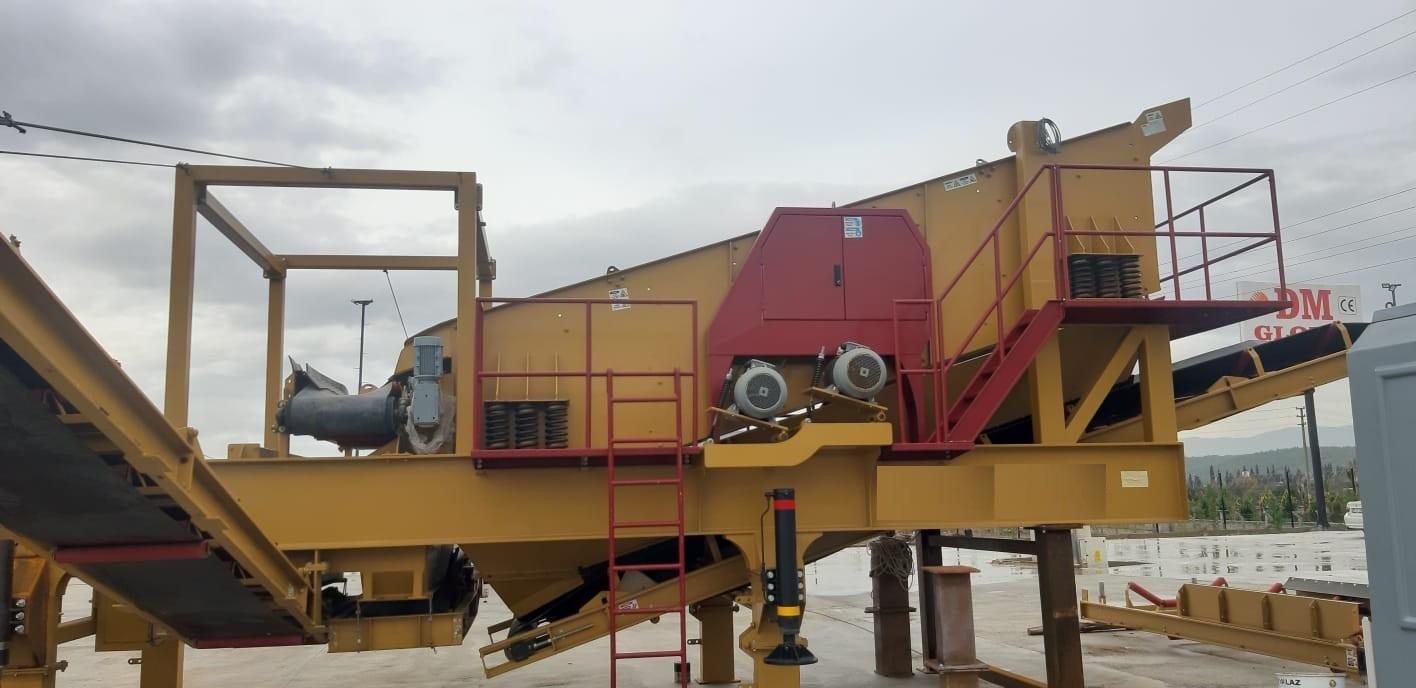Working Principle of Mobile Crushing and Screening Plants
Mobile crushing and screening plants are designed to process various types of materials, such as rocks, ores, and construction waste, into smaller, more manageable sizes. These plants are highly versatile and can be easily transported to different job sites, making them ideal for construction, mining, and recycling industries.
The working principle of these plants involves several stages:
Feeding: The raw material is fed into the crusher through a feeder. The feeder ensures a consistent and controlled flow of material into the crushing chamber.
Crushing: The material is then crushed by the primary crusher. Depending on the type of crusher (e.g., jaw crusher, impact crusher, or cone crusher), the material is reduced in size through compression, impact, or shear forces.
Screening: After the crushing process, the material is passed through a screening unit. The screen separates the material into different sizes based on the mesh size of the screen. Oversized material is sent back to the crusher for further processing, while the correctly sized material is conveyed to the next stage.
Conveying: Conveyor belts are used to transport the material between different stages of the process. They ensure a smooth and continuous flow of material, reducing downtime and increasing efficiency.
Stockpiling: The final product is stockpiled for further use or transport. The stockpiling process can be done using radial conveyors or other stacking equipment.
Mobile crushing and screening plants are equipped with advanced control systems that allow operators to monitor and adjust the process in real-time, ensuring optimal performance and product quality.
 English
English
 Le français
Le français
 Türkçe
Türkçe

